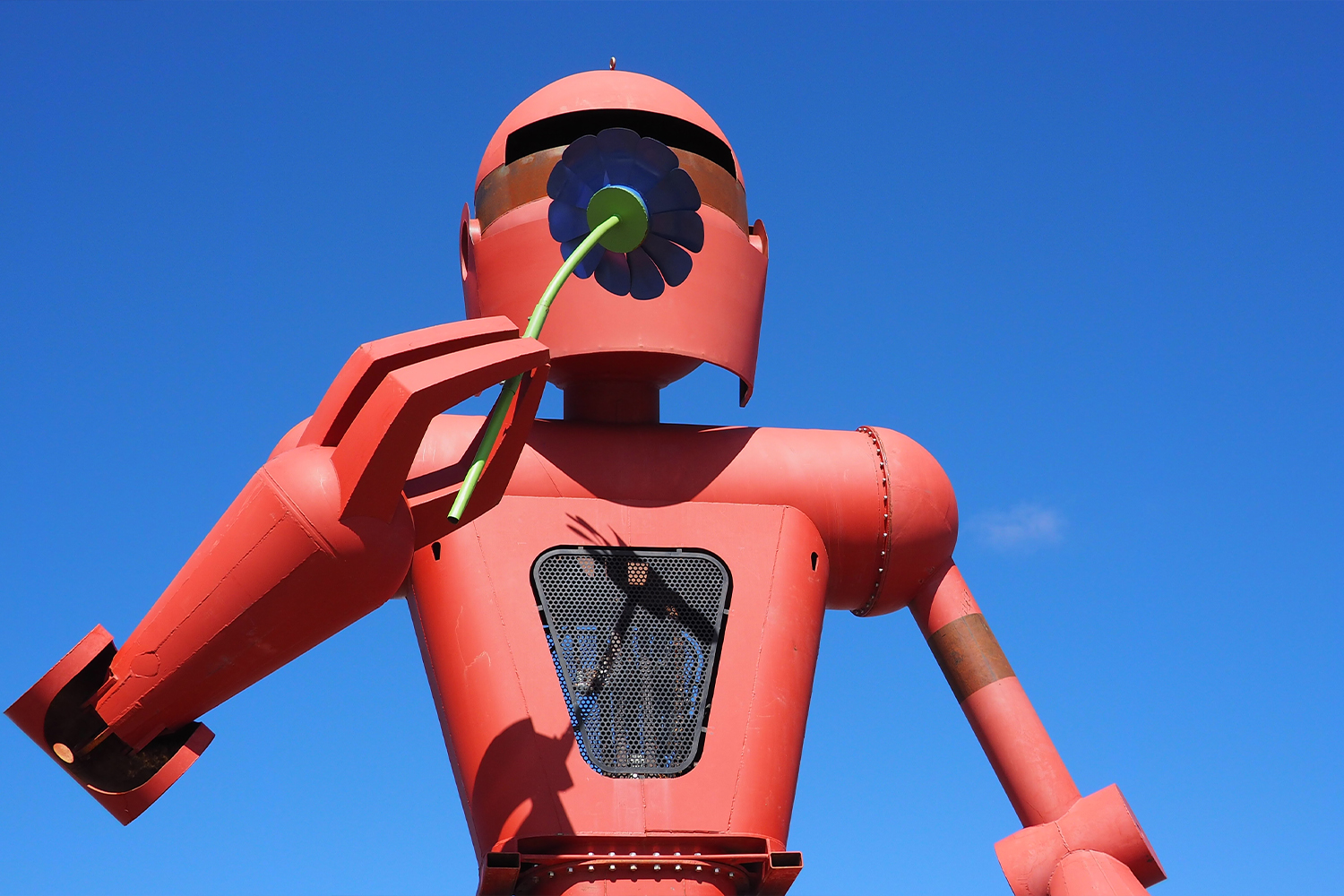One thing that there’s no shortage of at the WXO is passion.
We’re repeatedly blown away by the audacious ideas and flights of fancy-turned-reality that our members produce, whether it’s a world-changing sustainability project, a paradigm-shifting piece of immersive theatre, or a simple, everyday change to a process that makes life infinitely better for the masses.
And after being inspired by the ideas that Mandy Seligman shared in Campfire 54: Positive Psychology And Pics That Produce Happiness – based on a personal passion project that snowballed into a major experiment in positive psychology – for this Campfire we wanted to pass the mic to three experientialists to share their own passion projects.
Accessible arts expert Beth Rypkema, immersive storyteller and Meow Wolf alum Justin Stucey, and Raven Sun Creative founder Louis Alfieri all stepped up to the podium to share their project, the journey so far, the challenges they’ve faced, and their hopes for the future.
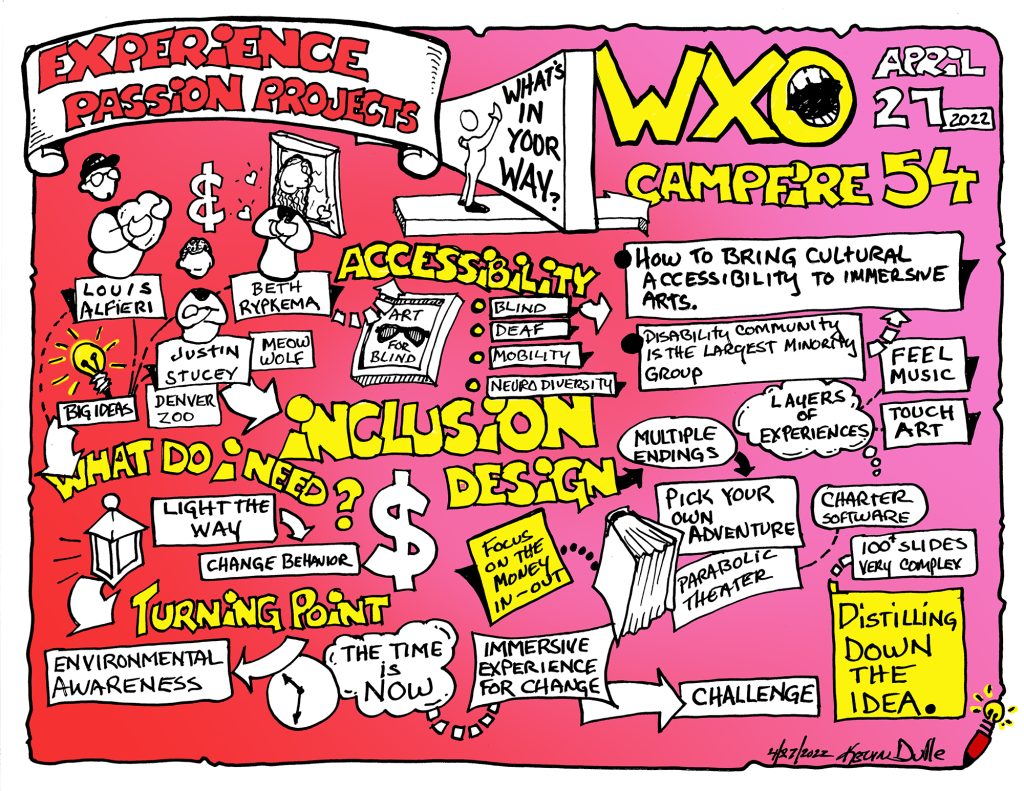
Our Campfire then brought their considerable intelligence together to come up with ideas and solutions that might help them cross any chasms and make their projects better, stronger and more successful.
In addition to being an invaluable platform for our speakers, we’re also firm believers in the power of cross-pollination. When we share knowledge, we get a chance to reflect on our own work and challenges – and we all become better experience creators together as a result.
With that in mind, here’s the lowdown on our three passion projects. How could you apply what they learned to your next experience?
Project 1: How To Bring Cultural Accessibility To The Immersive Arts
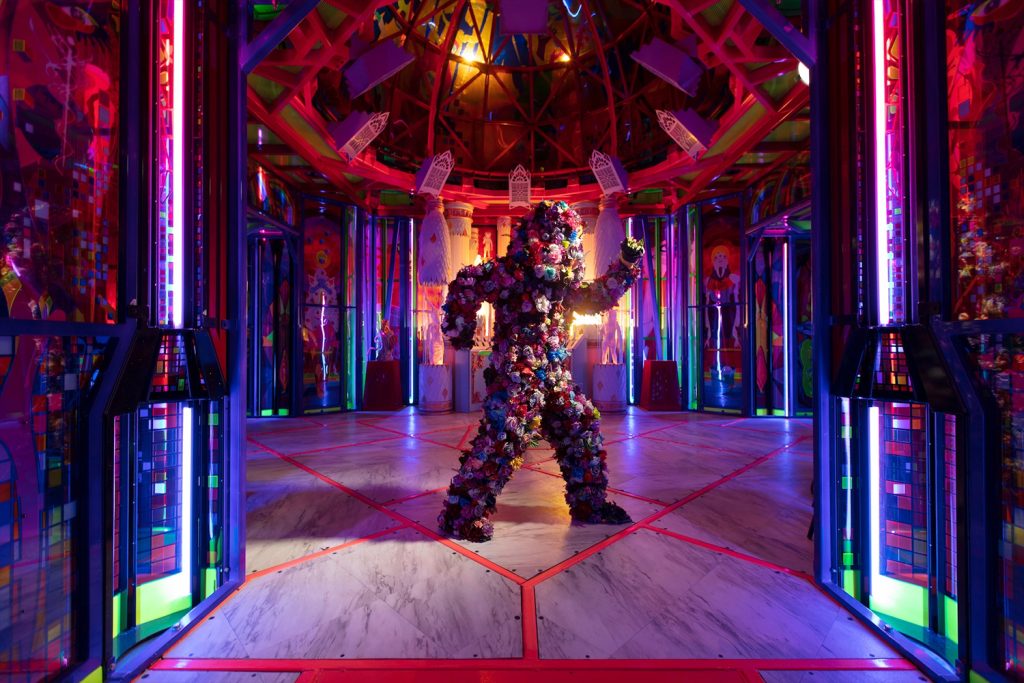
Art should be for everyone – so why is accessibility often the last thing that artists, curators or immersive experience creators think of?
This is the question that Beth Rypkema wants to answer. An arts professional and an expert in the impact of the arts experience on the individual, community and society, Rypkema specialises in making art experiences accessible to the visually impaired and those with other disabilities.
When she visited Meow Wolf’s House of Eternal Return in 2016, Rypkema’s whole world flipped – she saw worlds upon worlds of potential to create something for people in the accessibility world within its multifaceted storytelling structure. Fast-forward five years and she ended up as a consultant on Meow Wolf’s Convergence Station, not only creating an audio-description tour of the experience named Highlights of Convergence, but also working with them on their long-term approach to accessibility.
Rypkema developed a Convergence Station accessibility page bringing together ideas, thoughts and commitments in different accessibility areas, encompassing blind and low vision, deaf and hard of hearing, mobility challenges, and neurodiversity. Meanwhile, the Highlights of Convergence tour was a “thrilling project” that showcased highlights from the four different worlds of the experience.
“I came across new ideas to contribute to the world of audio description – but I also had people tell me that they’d never thought they would be able to experience something like this.”
Beth Rypkema
Meow Wolf was already a registered BCorp that had existing grounds in wanting to do things that service the community. However, Rypkema joined the WXO because she struggled to find accessibility in immersive projects.
“I want this for my friends in the disability community. You should think accessibility first – not do all your designing and then think ‘oh no, accessibility! It’s the law!’ If you think accessibility first and put it in your heart and soul, you can create something more viable, more targeted and more fun.”
Beth Rypkema
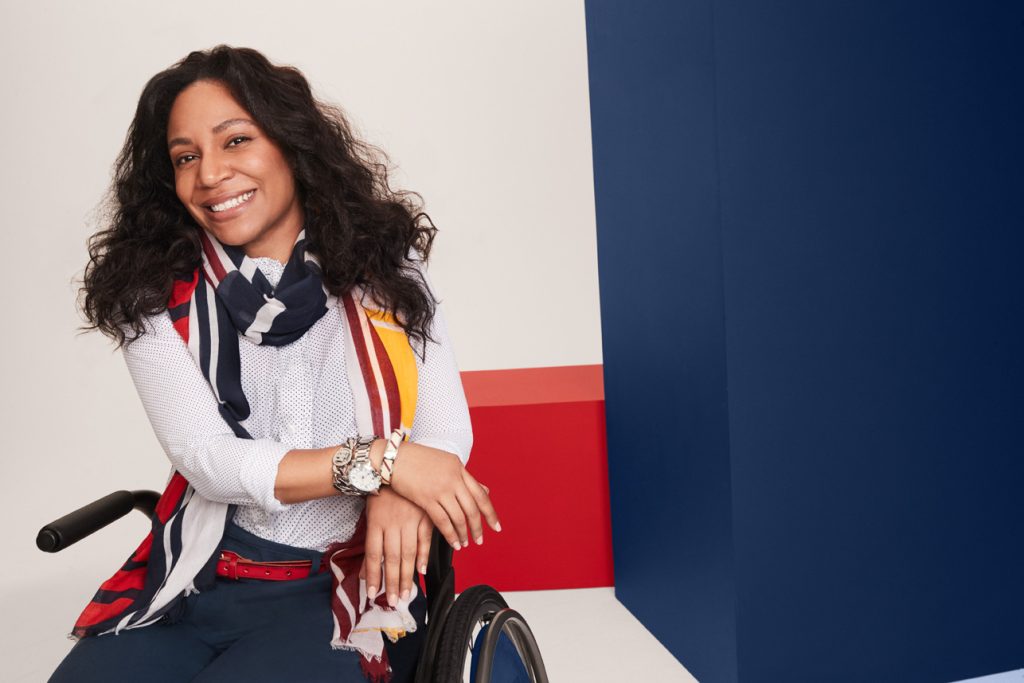
We might not know all the answers to the questions we’re going to have about accessibility right now, and not every experience will lend itself to designing for all aspects of accessibility.
But as long as we ask questions, put it at the forefront of our thinking and focus on not what we can’t do, but what we can do – even if that’s just one thing – the disability community will love you for it. And as Rypkema concluded:
“The disability market is the largest untapped market in the world. When you bypass it, you’re bypassing income of over $40m annually. And remember that you’re not only reaching out to the person with the disability, but also to the multiple people they’re going to bring with them.”
Beth Rypkema
Indeed, when you design to accommodate disability, you can also deepen the impact of the experience for everyone. According to research, when you design for accessibility first, you enhance the experience for all. Accessibility shouldn’t be an add-on: it should be one of many “layers” of an experience that everyone can enjoy, but which has special resonance for those with a disability.
“Instead of thinking about adding things that help people with disabilities, how about adding different layers of experiences? For example, those with a hearing impairment may not be able to hear sound, but they can feel the pulse or rhythm that guides them. Or you could play up the sense of touch by giving them something physical to put on that guides them through the space in a different way. These aren’t exclusive – they’re a layered cake that everyone can access.”
Aga Szóstek
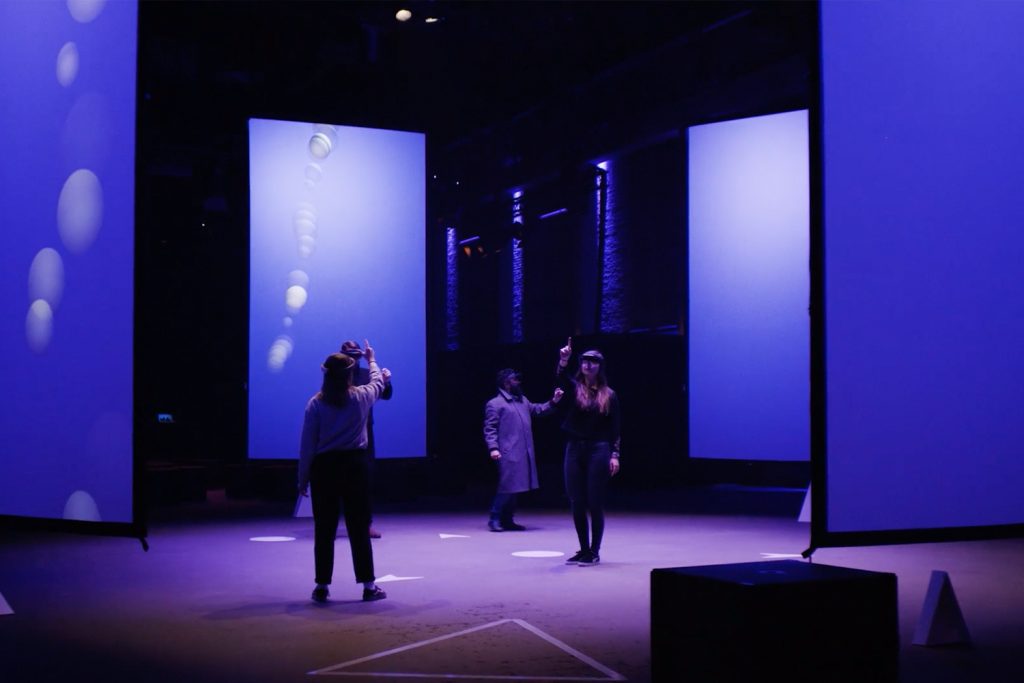
By removing one of the senses or amplifying another, you can also generate empathy and a greater understanding of those who have a disability. As Mike Gunawan said in Campfire 54, “when you increase perspectives, you increase perception”. Gunawan also mentioned a dating experience he’d worked on that relied purely on conversation without seeing the other person. By being forced to judge by something other than appearance, those who participated said they’d never had more intense conversations.
Incorporating technology like VR into an experience can also increase empathy. Consider Goliath: Playing With Reality, a film that won the Grand Jury Prize for Best VR Immersive Work at the 78th Venice International Film Festival, and which used VR to “explore the limits of reality and a true story of so-called ‘schizophrenia’.”
In Arthur Zards’ words:
“Accessibility is not a constraint, but an opportunity.”
Arthur Zards
Project 2: How To Pitch A Very Big Creative Idea
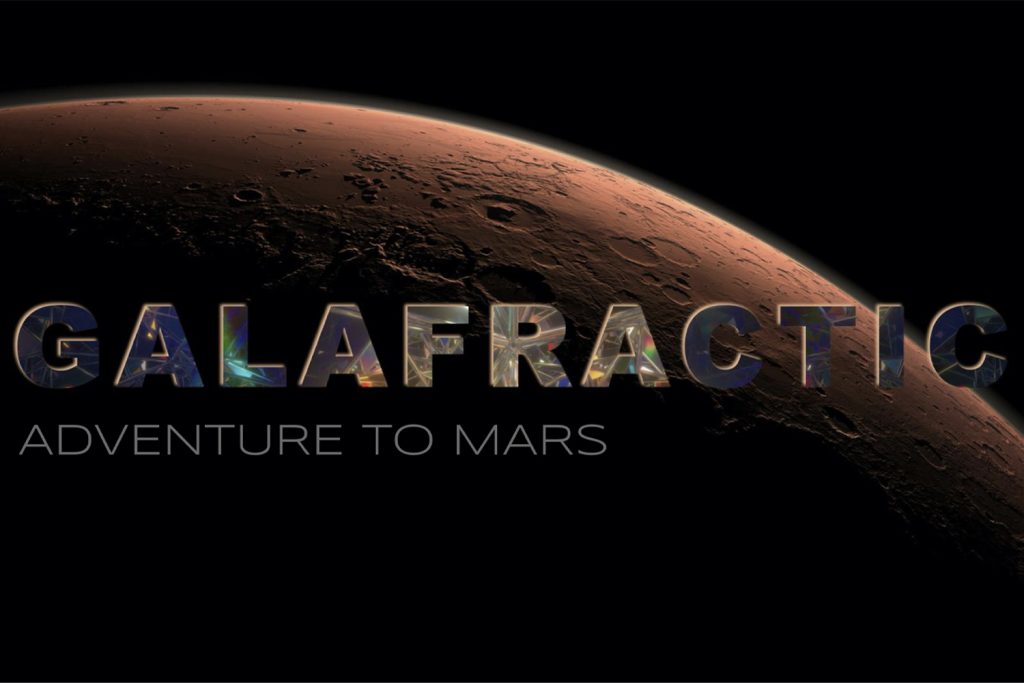
When everything on Earth seems uncertain, why not dream of exploring new planets altogether…?
For Justin Stucey, formerly the creative director of Denver Zoo and a producer at Convergence Station, the shifts that have taken place in the last two years – and the uncertainty that has arisen as a result – fuelled a desire to create an experience that allows people to play with the idea of space exploration.
Galafractic: Adventure To Mars is Stucey’s proposed pop-up event experience, which transports adventurers to the Red Planet and asks them to prepare for an alien invasion. It combines an obstacle course, immersive art installations, multiple endings, musical theatre, dance parties, close-up magic and audience participation.
Galafractic isn’t just an incredible immersive experience – it looks to cultivate community, make authentic connections, and demonstrate radical inclusion. Stucey’s other objectives are to provide multiple ways to experience the story, create moments that bring people together, and create equitable ecosystems.
“Time machines don’t exist, but rockets do. One day people will go to Mars, so now’s the time to iterate.”
Justin Stucey
However, before his spaceship takes off, Stucey wanted to know what more he could be doing to achieve these objectives – as well as any advice on how he might get the project funded.
When it comes to creating multiple pathways through the experience, Kevin Dulle was excited by the prospect of making a choose-your-own-adventure narrative come to life in a kind of “structured improv”. And Michael Badelt was reminded of the work of Owen Kingston and London’s Parabolic Theatre.
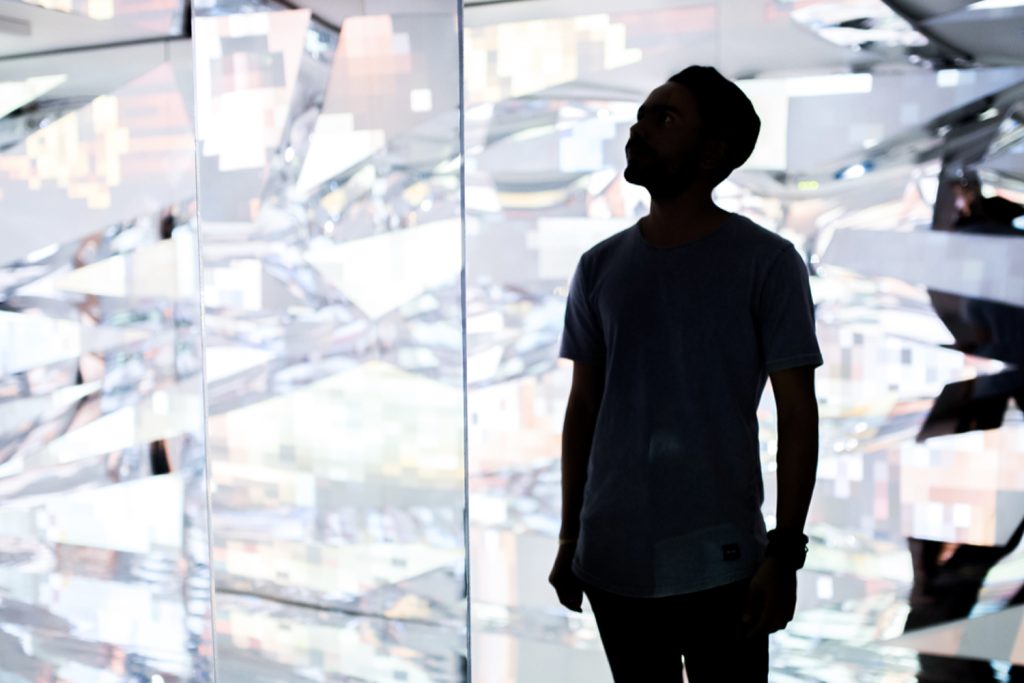
“They put 40 people in a room for a theatrical night out where the narrative is pre-designed. They always hit their story beats needed to hit for you to have a fulfilling evening and feel you’ve been told a satisfying story.
However, the way you get there is determined by the audience. Kingston usually designs his shows with a huge Excel spreadsheet that is fed with information while the show runs, which determines what the show is going to be like and how the game ends. They will always end on something of the same note, but the details may vary from evening to evening.”
Michael Badelt
Selling the idea of a satisfying story when talking to investors is another important consideration when designing to a CYOA structure.
“Often when people look at structure, they want a satisfying resolution. Talking to investors, you need focused examples of what the story might look like for someone moving through the experience, as it makes them a lot more comfortable than giving money to an open sandbox. The challenge is to make it look like that money has some ROI, either in terms of ticket sales or in the enjoyment of the experience.”
James Lopez
Where you have multiple pathways to choose from, you also need to be careful to accommodate all these different stories harmoniously. It comes back to the experiential consumer types of “skimmers, swimmers and divers”: some people might want to explore everything, whereas others just want to hang out at the bar.
“Too much bleed between these groups can be immersion-breaking, or a vibe kill. So you have to think about how you move people through the environment, and how you can deliver information in a way that people can opt in or out of participating.”
Leah Ableson
Project 3: How To Transform A Complex Story Into A Brilliantly Simple One
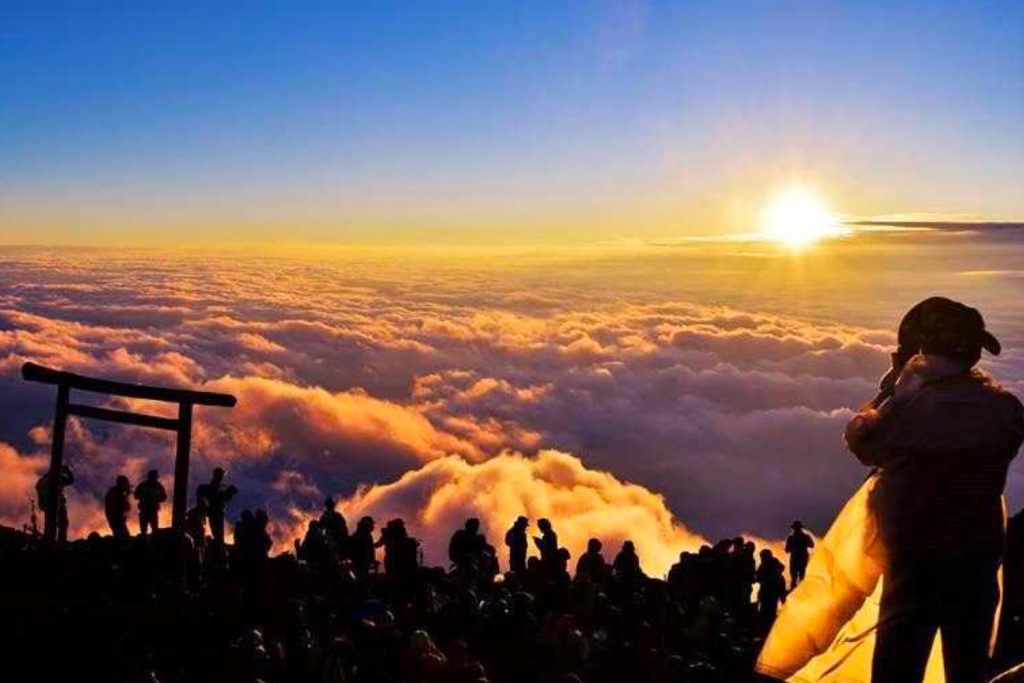
What do you do when you’ve got a moonshot idea, but only 5 minutes to pitch it?
This is the challenge facing Louis Alfieri with his latest project, Turning Point. A “mash-up of Twitch with MR, Burning Man and The Met, and real-time human interaction using centuries of data to solve global issues”, Turning Point is a transformational experience designing to trigger change.
The project is a first-of-its-kind responsive performance art collaboration, linking urban centres and nature to physical artistic field installations that respond to big data and are powered by participants via a game engine.
“When it come to global issues like climate change or wealth migration, this is a phenomenal opportunity to rebuild society as a whole. We must change the message from one of limitation to unlimited opportunity. We are transformation creators, and we can influence society as a whole.”
Louis Alfieri
Although Alfieri’s project is incredibly exciting, it’s also very complex. He wanted assistance on how to distil such a huge idea into a pitch. And our Campfire had one simple solution: story.
Look at tabloid journalists, who are fantastic at taking a big idea and turning it into an effective, one-word headline. Or non-fiction writers like Malcolm Gladwell, who hook us by starting their chapters with a focused story. Finding the beginning, middle and end of your story, or zooming out from the specifics to the wider solution it offers, can also help people to understand your mission and journey. (For more on this, check out Campfire 28: How Story Drives Business.)
Alternatively, zooming in on a specific, real-world installation and making a pitch deck just for that could make the idea more bite-sized and therefore tangible.
“The journey begins with a single step. One minute should be on the journey/why I should care, and the remaining four minutes should be explaining one example and ending on a teaser that shows we have so much more to offer.”
Arthur Zards
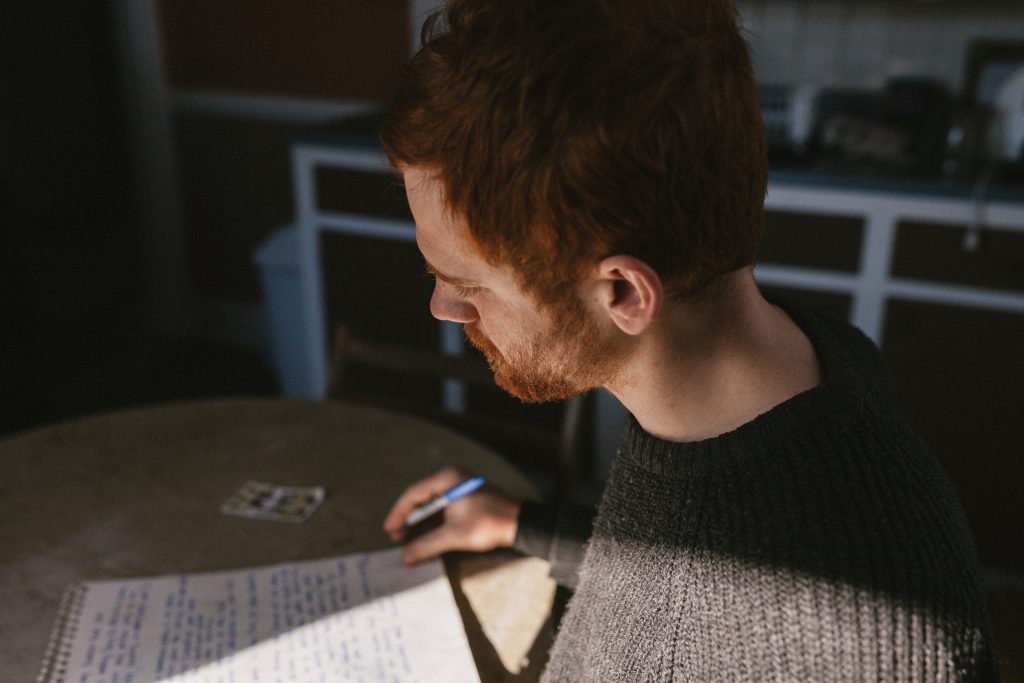
Mike Gunawan shared his “event script” framework that helps structure ideas into their smallest form:
1) Event goal & KPI
2) Target audience, especially behaviours and needs
3) Concept to achieve 1) and 2)
4) Contents (programs / activities)
5) Pre and post-event activities
6) Monetization strategy
Ultimately, rather than using the technology to sell your experience, you should sell your story. This is what will get investors over the line, as for better or worse, once they’re sold on your idea they probably trust that you have the means to realise it (think of Elizabeth Holmes and Theranos!).
“We have a tendency to get lost in the cleverness of the structure of what we’re doing. Investors trust you that the tech works: they want the story. Don’t let it be clever because of what you’re doing, but because of the story and idea.”
James Lopez
When it comes to partners, Justin Stucey wondered what an experiential activation between two museums might look like. Doug Steel thought Niantic could be a great partner, given their call-out for transformative projects that combine the physical and digital. And Amy Hua thought that telling the impact story more forcefully could attract a different type of investor.
“You say that when we bring people together from all around the world, we can spark meaningful change. I want to know more about how this change would happen. This could open up different avenues of funding to investors who are not necessarily out for financial ROI.”
Amy Hua
The WXO Take-Out
Whether you’re looking to change the way people think about designing experiences or change the way they think about huge global issues, when you open up and share your challenges, you can get much further than you could alone.
A big thanks to Rypkema, Stucey and Alfieri for courageously stepping up to the plate. And if you’re a WXO member with a project you’d like workshopped, get in touch with us for the opportunity to share it in a future Campfire!
Want to be part of the most inspiring experience conversations in the world? Apply to become a member of the World Experience Organization here – to come to Campfires, become a better experience designer, and be listed in the WXO Black Book.

